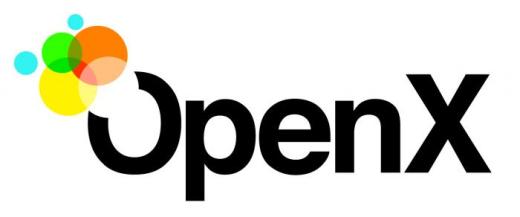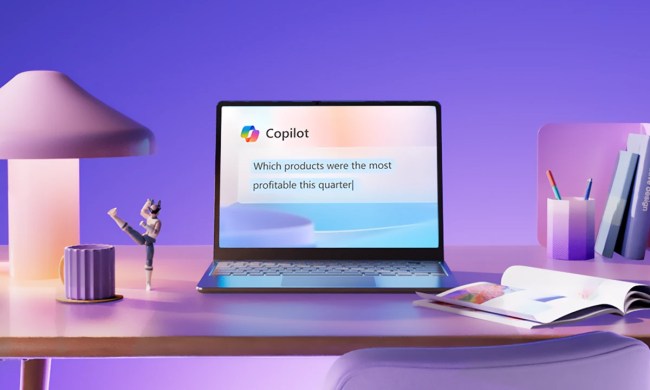 In an effort to shave market share from Google, Microsoft is using OpenX’s open source technology to offer publishers free ad-serving technology for their websites.
In an effort to shave market share from Google, Microsoft is using OpenX’s open source technology to offer publishers free ad-serving technology for their websites.
As part of the multi-year agreement, Microsoft will get access to a major distribution channel through OpenX’s community of more than 150,000 websites that serve more than 300 billion ads each month. OpenX will be the preferred partner for Microsoft’s enterprise ad-serving business and will also promote Microsoft’s Content Ads.
Content Ads match ads to relevant editorial content allowing advertisers to increase campaign effectiveness and achieve a higher yield on certain types of inventory.Most of the software developed by OpenX is based on open source technology. The independent ad server for Web publishers offers its community of publishers comprehensive, customizable and free-to-use ad serving technology.
OpenX, founded in 1998, is run by British-born ex-Yahoo executive Tim Cadogan. Cadogan previously ran global advertising marketplaces at Yahoo. He says the company tries to do two things. “We try and provide a technology platform for all kinds of businesses to run advertising on their websites, that’s Part 1,” he says. “And Part 2 is we’re also trying to help publishers connect to revenue sources that can make them money from their advertising.”
He explained the technology platform connects to the way OpenX provides and introduces publishers to revenue services and “the partnership kind of maps pretty closely to those two goals.”There are really two components to the Microsoft partnership, according to Cadogan: there’s an ad serving aspect and a monetization side.”We have more than 50,000 publishers actively using OpenX ad serving products and so that is a very large pool of potential customers for the Microsoft Content Ad product, which those publishers can then put on their pages and hopefully generate more revenue from,” Cadogan says. “We are pretty excited about it and very optimistic about what we can do in the future,” he says. The news comes more than a year after
Microsoft and OpenX started a trial in which OpenX invited its publishers to test the product.Cadogan made clear the way the company looks at the world is that all those big players are providing potentially valuable revenue sources to publishers.”So to give you an example, Google Ad Sense is a very important product for a lot of publishers, many of the publishers that use the OpenX Ad Server are using AdSense as one of the revenue sources to put ads on their pages,” he says. “We want to be able to do an ever better job of letting publishers get access to more choices and then be able to control those choices in a way that works best for them. So we view ourselves as almost somewhat of an intermediary between the publishers and all of these big companies on the monetization side of things.”
An earlier DMB story, Google Gets Into Ad Swapping, said the DoubleClick Ad Exchange has been well received by buyers and sellers in the digital ad market. The Ad Exchange incorporates elements from Google programs AdWords and AdSense and will feature enhancements like real-time bidding and a new application programming interface (API) designed specifically for ad networks.
Google says its Content Network reaches more than 80 percent of global Internet users and serves more than 6 billion ad impressions each day across hundreds of thousands of websites. Google’s DoubleClick ad server is OpenX’s main rival.In 2009 interactive marketers will be charged more than ever with proving their online budgets, driving sales or moving the needle on key brand metrics. Interactive marketers will start to pin accurate measurement metrics to a broad array of tactics, including emerging media, according to a Forrester Research report.
Despite a predicted online advertising growth rate of 12 percent, offline budgets will decline in 2009 and interactive marketers of all types will be pressured to squeeze as much as possible from their online spend. “Many marketers will do some soul searching and find that they are not using their current tool set to its full potential, nor are they leveraging publisher relationships as well as they could be,” Emily Riley, Forrester analyst, wrote in the report.
According to Forrester, consumers will digest media cross devices, not just across sites. Microsoft with its device heritage and Google per its experiments with alternative platforms hold an advantage while Yahoo! with its declining ad business and disjointed customer experience across channels will be at a disadvantage, the report stated.


